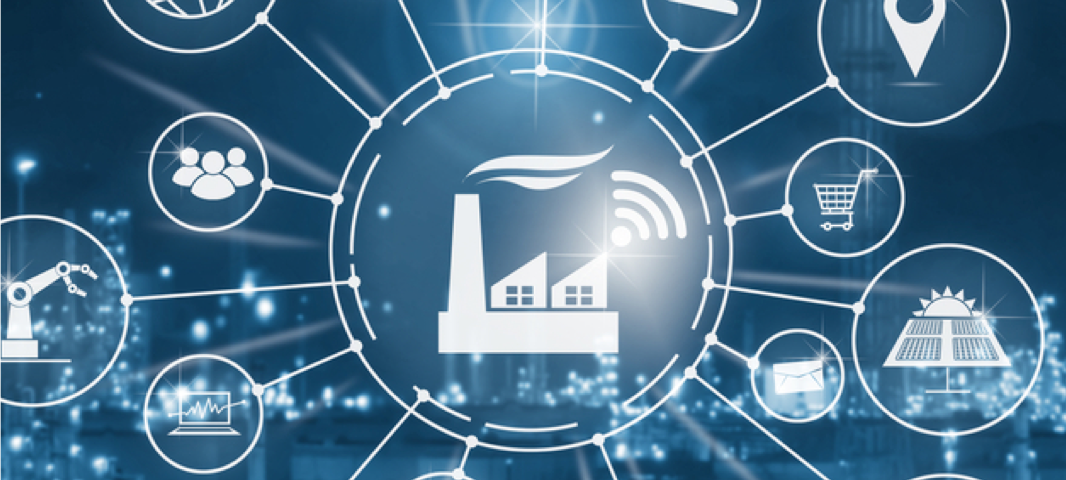
Use Case Series: Barbershop
July 11, 2024RPA or Ai/Machine Learning: Which is best for your business growth needs?

RPA vs. Ai/ML – What’s the Difference?
In the rapidly evolving landscape of digital transformation, businesses are increasingly turning to advanced technologies to enhance their operations and service delivery. Two such technologies, Robotic Process Automation (RPA) and Artificial Intelligence/Machine Learning (AI/ML), are often mentioned together but serve distinct purposes and offer unique benefits and challenges. This article delves into the key differences between RPA and AI/ML, focusing on their application in front-end processes of a service business, and highlights the pros and cons of each.
Robotic Process Automation (RPA)
RPA involves the use of software robots to automate highly repetitive and rule-based tasks. These bots mimic human actions, such as data entry, form filling, and processing transactions across digital systems, without the need for complex integrations. Everything from order taking to invoice processing, RPA can be a solution that allows you to focus on more critical tasks within your organization. Although there are many options, a couple of popular RPA softwares include: Workato, Automation Anywhere
What is RPA?
Pros of RPA:
Efficiency and Speed: RPA can significantly reduce the time taken to complete repetitive tasks from hours to minutes (Invoicing or Order taking).
Accuracy: Bots perform tasks with high accuracy, minimizing human errors (Order Entry).
Cost Savings: Automating routine tasks (Clerical/Administrative) can result in significant time savings, reducing the cost for those services.
Easy Implementation: RPA tools do not require extensive changes to existing IT infrastructure and are relatively easy to implement.
Cons of RPA:
Limited Scope: RPA cannot handle complex decision-making processes, requiring specific rules to guide its execution.
Maintenance: Bots need to be updated and maintained regularly, especially when there are changes in the underlying systems.
Scalability Issues: Scaling RPA requires significant oversight pending the size of the organization.
Positive Outcomes with RPA:
- Enhanced Customer Service: By automating routine tasks like customer order entry and invoice processing, employees can focus on more value-added activities, such as addressing customer concerns and improving service quality.
- Operational Efficiency: Service businesses can streamline operations, reduce backlogs, and improve response times, leading to better customer satisfaction.
Artificial Intelligence/Machine Learning (AI/ML)
What is AI/ML?
AI/ML encompasses a broad range of technologies that enable machines to mimic human intelligence and learn from data. AI refers to the broader concept of machines being able to carry out tasks in a smart way, while ML is a subset that involves the use of algorithms and statistical models to enable systems to improve their performance on tasks through experience. Popular software options include: Ui Path, Microsoft Azure
Pros of AI/ML:
Advanced Decision-Making: AI/ML can analyze vast amounts of data to provide insights and make complex decisions (When a customer will require a delivery).
Continuous Improvement: ML models improve over time as they are exposed to more data, leading to better predictions and outcomes.
Personalization: AI/ML can deliver highly personalized experiences by analyzing customer data and predicting preferences and behaviors (think Spotify smart playlist).
Versatility: AI/ML can be applied to a wide range of tasks, from natural language processing to image recognition and beyond.
Cons of AI/ML:
Complex Implementation: Deploying AI/ML solutions can be complex and require significant expertise in data science and engineering.
Data Dependency: The effectiveness of AI/ML models depends on the quality and quantity of data available. Seasonality can skew results if the data set is limited.
Cost: Developing and maintaining AI/ML models can be expensive, both in terms of technology and human resources.
Ethical Concerns: There are potential ethical issues related to bias in AI models and the use of personal data.
Positive Outcomes with AI/ML:
- Improved Customer Insights: AI/ML can analyze customer interactions and feedback to provide deep insights into customer needs and preferences, helping businesses tailor their services more effectively.
- Enhanced Personalization: Service businesses can offer personalized recommendations and solutions, improving customer satisfaction and loyalty.
- Predictive Analytics: AI/ML can predict trends and customer behaviors, enabling proactive service delivery and better decision-making.
Key Differences Between RPA and AI/ML
Scope and Capability:
- RPA: Limited to rule-based tasks and processes that require no decision-making.
- AI/ML: Capable of handling complex tasks that require learning, adaptation, and decision-making based on data.
Implementation:
- RPA: Easier and faster to implement with minimal changes to existing systems.
- AI/ML: Requires significant investment in data infrastructure and expertise, along with ongoing maintenance and tuning.
Scalability:
- RPA: May face challenges in scaling due to the need for oversight and maintenance.
- AI/ML: Can scale effectively with the right infrastructure and data management practices.
Use Cases:
- RPA: Ideal for tasks like data entry, invoice processing, and customer onboarding.
- AI/ML: Suitable for tasks such as customer service chatbots, fraud detection, and personalized marketing.
Conclusion
Choosing between RPA and AI/ML depends on the specific needs and goals of the business. Albeit, both RPA and AI/ML offer significant benefits for front-end processes in service businesses, but they serve different purposes. RPA excels in automating repetitive, rule-based tasks, leading to immediate efficiency gains and cost savings. On the other hand, AI/ML brings advanced decision-making capabilities, personalization, and predictive analytics, enabling businesses to enhance customer experiences and gain deep insights.
Do you think that your organization can benefit from process automation? Schedule a call with our team to explore how you can overcome this challenge and focus your efforts on more critical needs of your business.